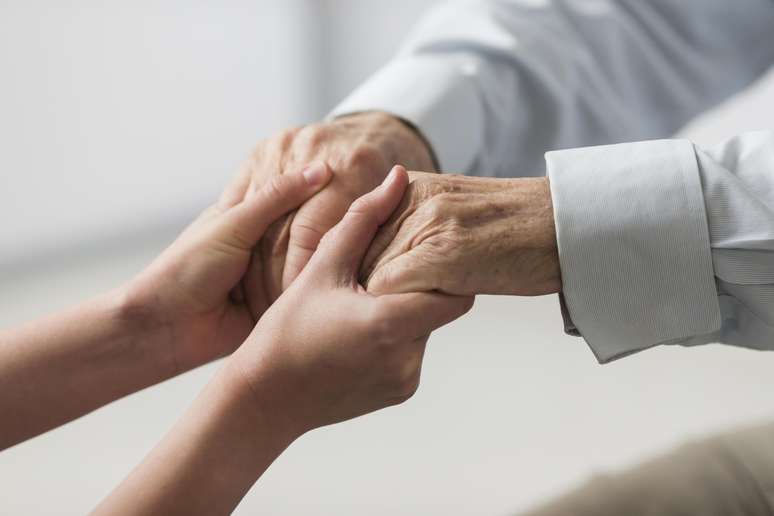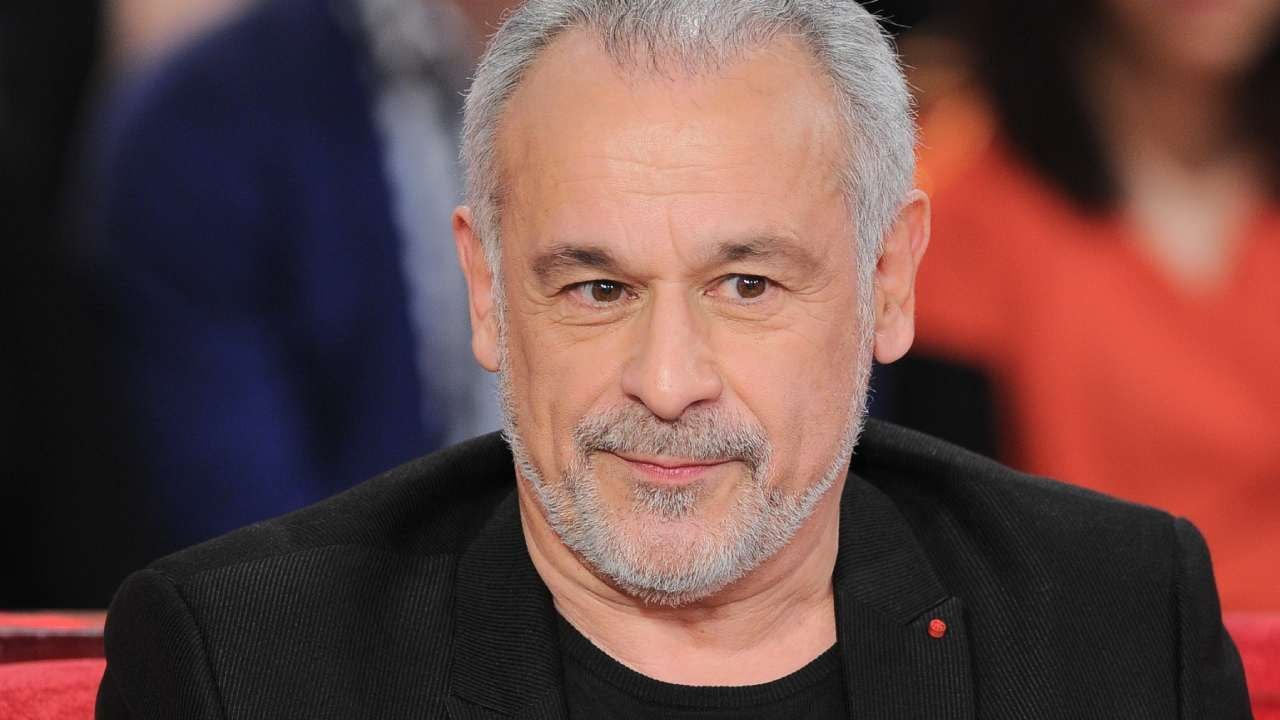Data shows that only 12% of the nearly 60 million adults and children who need palliative care services receive them.
Every year, on the second Saturday of October, World Palliative Care Day is celebrated, a date created to recognize the importance of this care and promote actions to ensure that all people who need it have access to it.
The Global Atlas of Palliative Care, published by the World Health Organization (WHO, 2020), showed that only about 12% of the nearly 60 million adults and children who require palliative care services receive them. Approximately 18 million people die each year due to pain and suffering due to lack of access to palliative care and pain relief.
But what is palliative care and how does it differ from other types of treatment? To answer these and other questions on the topic, the Earth you spoke with the palliative doctor of Saúde no Lar, Michele Andreata.
Main objectives
The doctor explains that palliative care aims to improve the quality of life of patients suffering from serious or life-threatening illnesses, addressing not only the physical symptoms, but also the emotional, social and spiritual aspects.
“Unlike curative treatments, which aim to eliminate the disease, palliative care focuses on alleviating symptoms and providing comprehensive support to the patient, regardless of the stage of the disease,” he defines.
How is the treatment carried out?
The palliative care team works in an interdisciplinary way, collaborating with doctors, nurses, physiotherapists, psychologists, nutritionists and social workers.
This joint work aims to create a patient-centered care plan, integrating symptom management, emotional support and advance decision planning, adapting care according to each patient’s needs.
The doctor says the approach involves the use of analgesics, such as opioids to control pain, and specific medications for other symptoms, such as shortness of breath, nausea or anxiety.
Non-pharmacological techniques, such as chest physiotherapy and complementary therapies, are often used to maximize patient comfort.
The family is also attentive
Andreata emphasizes that palliative care offers relief from suffering, greater comfort and better quality of life, even in the advanced stages of the disease. For families, the support offered helps to deal with emotional stress, facilitates communication and promotes understanding of the evolution of the illness, as well as preparing them for bereavement.
“Clear and empathetic communication is essential to understanding patient preferences and making shared decisions. Emotional support is a central part of palliative care, as it helps reduce anxiety, improve adherence to care and provide a safe space to express feelings and concerns, for both the patient and the family,” concludes the doctor .
Source: Terra
Ben Stock is a lifestyle journalist and author at Gossipify. He writes about topics such as health, wellness, travel, food and home decor. He provides practical advice and inspiration to improve well-being, keeps readers up to date with latest lifestyle news and trends, known for his engaging writing style, in-depth analysis and unique perspectives.








